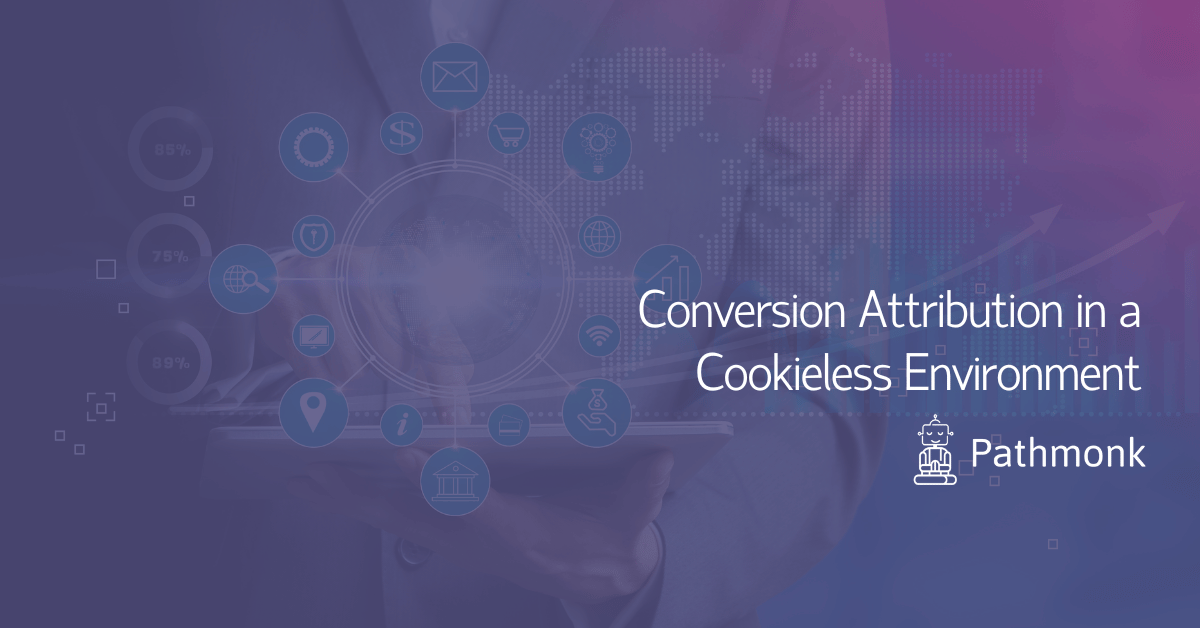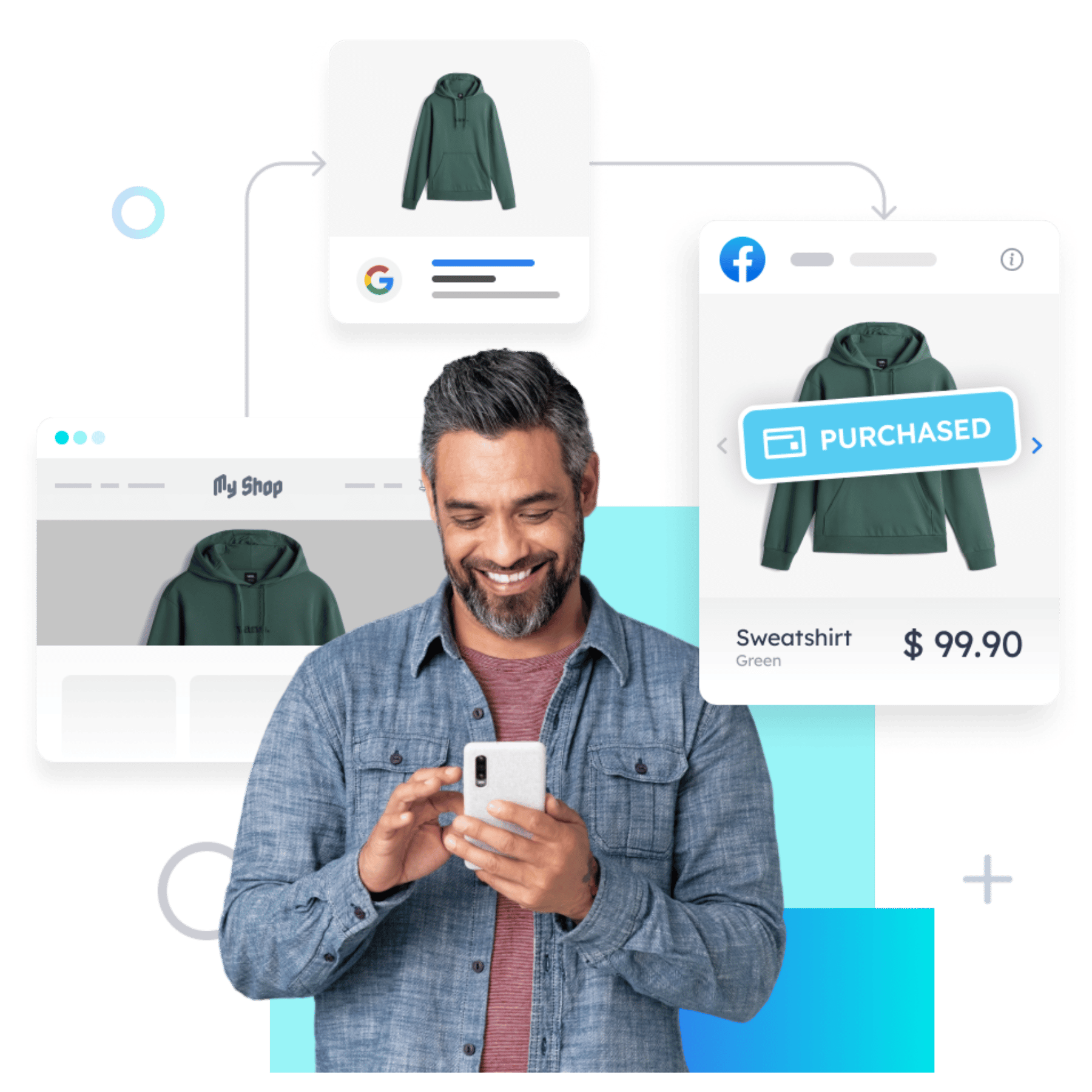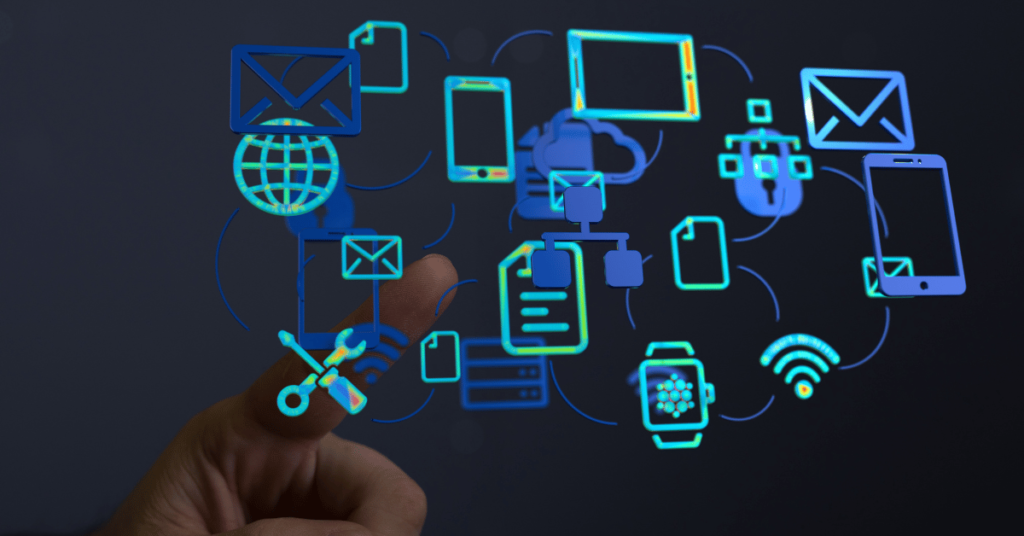
From multiple data sources to resources and expertise required to budgeting for tools and technologies, it’s no surprise that 48% of marketers consider conversion attribution to be their biggest challenge. 77% of marketers believe they’re not using the right attribution models, or they don’t know how or where to start. With the cookie apocalypse on the horizon, we wanted to provide you with strategies and tools to adapt to conversion attribution in a cookieless environment. Do not fear the unknown brave friends, for where there are marketers and developing technologies, there are always solutions.
As Sarah searched for a podcast on her commute to work one morning, she was determined to find something useful and educational. Sarah found Pathmonk Presents. A podcast about marketers; their challenges, strategies, tips, and insights. With her recent promotion to Head of Marketing, this was perfect. Something about Pathmonk piqued her interest. Before opening her emails, Sarah opened her laptop to explore Pathmonk further. This is the tool she needs to drive online conversions and impress her boss. On her way home, Sarah read through some blog content and customer stories. Lying in bed, she came across an Instagram ad for Pathmonk. It was a sign. She eventually booked a call for a demo. She needed to learn more.
This is how we consume. Through the convenience of multiple devices, always-on connectivity, and multiple channels. Thanks, Sarah for booking a demo. But, the question is: how do we know which marketing effort, channel, or piece of content motivated you to take action and convert you? How do we know where to invest our money and efforts in this multi-touch, cross-channel, constantly-on era?
2.5x better ad results with cookieless retargeting
Create high-converting retargeting ads based on your users' real-time intent.

What is Conversion Attribution & Why is it Important
Conversion attribution, the process used to track the effectiveness of marketing campaigns and find which channel led a user to perform a desired action, is one of the most challenging elements of digital marketing today. And to add to it, the cookieless environment is making it harder.
By measuring and tracking conversion attribution we can understand the value of our marketing efforts. We can understand which campaigns are driving the most conversions and optimize our efforts accordingly; it’s an important part of understanding the buying journey. Ultimately we need to know where to allocate budget, dedicate resources, and make the right data-driven digital-marketing decisions.
Marketers have worked hard to form different conversion attribution models to better bring light to buying journeys like Sarah’s. A common model is the last-click model, where the last touchpoint before a conversion is given the most credit. However, this model can be misleading since it doesn’t account for all of the other touchpoints that may have influenced the customer’s decision to convert. For example, Sarah found a podcast that directed her to the software she was interested in. But seeing the Instagram ad triggered a conversion. In this case, the Instagram ad would be given the credit, while the success of the podcast would be ignored.
So marketers turned to multi-touch attribution models, assigning a certain percentage of credit to all of the touchpoints in a single buyer’s journey; a more sophisticated data-driven approach. But between piles of data, lacking the resources and skills to analyze effectively, and budgeting for expensive tools, multi-touch attribution is still difficult today. To work around these challenges we set up unique identifiers stored in cookies, allowing us to track a user’s behavior and actions before they convert.
Conversion Attribution in a Cookieless Environment
From the last-click model to multi-touch to first-click to time-decay; attribution models rely on cookies. Their functionality relies heavily on being able to identify and track users across sites and media channels. Without cookies, we can’t provide the insight that many of us have come to rely on. In the absence of cookies, it is very difficult to attribute conversions to specific channels and identify the most effective campaigns.
We find ourselves in an era where consumers’ demands must be met or we don’t survive. Our prospects and customers demand privacy, data protection, and data rights. So browsers have banned third-party cookies, impacting the way we track, retarget, and personalize.
But as marketers, we’re used to this. This world changes rapidly, new technologies are introduced, and outdated methods are improved. So conversion attribution may be different, but not impossible in a cookieless environment. It is an opportunity to put privacy first and drive actionable data.

Strategies for Conversion Attribution in a Cookieless Environment
Marketing Mix Modeling
Marketing mix modeling is a ‘mechanism to statistically analyze and forecast sales and make informed decisions about marketing investments.’ By breaking down aggregate data and characterizing different marketing contributions, marketing mix modeling is a powerful statistical analysis. The marketing mix model determines the success and effectiveness of marketing efforts and campaigns while also predicting how much future success can be achieved by altering and optimizing the marketing mix.
Benefits of Marketing Mix Modeling
- Doesn’t rely on customer personally identifiable information
- Demonstrate and prove return on investment
- More granular data can easily be incorporated into MMMs
- Delivers insights that enable budget allocation to be more effective
- Improves the ability to forecast sales trends
Limitations of Marketing Mix Modeling
- There may be a lack of holistic journey-based and user-level measurement
- Incapable of analyzing data in real-time
- Validity can be compromised by messy data
- Quantifying advertising content can be challenging
- No analysis of customer experience
Browsers’ Digital Attribution Solutions
As Browsers take away the ability to track and measure the effectiveness of our digital advertising efforts, they will introduce alternative solutions. Google, Safari, and Firefox are implementing similar variations of click-to-conversion, which is tracking built directly into the browser itself. The click-through conversion APIs will store a click action in the user’s browser for a specific advertiser domain. If the user converts, the browser will send an attribution notification to a measurement service.
Benefits of Browsers’ Digital Attribution Solutions
- Doesn’t rely on cookies
- Ensures privacy and data integrity
- Fixes mass privacy violations
Limitations of Browsers’ Digital Attribution Solutions
- Less granularity and sophistication
- Restricts the number of ad campaigns that can be measured simultaneously
- This technology may not be appealing or easy to adopt
- Restricts the number of conversion events
Server-to-Server Conversion Tracking Using Unique IDs & Integrations
Server-to-server tracking or server-side tracking is a method of tracking user behavior using data collected from the server side of a website. When a user clicks a tracking link a unique identifier is generated and stored. When that same user later makes a conversion, the unique ID is traced back to the user by attaching that same unique identifier back to the tracking server. It is a way to send data directly to secure servers without relying on a user’s browser; without intervention and rendering on the user’s device.
Benefits of Server-to-Server Conversion Tracking
- A greater degree of accuracy
- The transaction ID is tied to something constant
- Secured customer data
- Secure and prevents fraud
Limitations of Server-to-Server Conversion Tracking
- Difficult to set up and requires technical expertise
- Costs money and resources
- A more manual process to setup
Facebook Conversions API
The Facebook Conversions API is ‘designed to create a direct connection between your marketing data and the systems which help optimize ad targeting, decrease cost per action and measure results across Meta technologies.’ It is a tool that tracks conversions through your website’s server rather than through your client’s browser.
Benefits of Facebook Conversions API
- Reduce your cost per action (CPA)
- Improve measurement
- Access data even after cookies are gone
- Increase data control
Limitations of Facebook Conversions API
- Real-time reporting is not supported
- Delayed data receival
- Doesn’t show a user’s entire customer journey
- Cookies will still have to play a role when connecting events, page views, add-to-carts, or checkouts to a user
- Limited to meta technologies
First-Party Data-Marketing-Focused Strategy
First-party data is one of the most powerful weapons in any marketer’s arsenal, but the way we collect it and leverage it has to be reformed, impactful, and future-proof. A first-party data-marketing-focused strategy is about providing value to users in exchange for their personal information. The use of first-party data will allow you to build direct relationships with consumers who have already consented to share their personal information with you. Collecting data is one thing but using it strategically, and analyzing it to ensure you drive better results is challenging; keeping in mind that the quality of data will outweigh the quantity.
Benefits of First-Party Data-Marketing-Focused Strategy
- Encourages personalization & customer loyalty
- Increases accuracy, reliability, and relevancy
- Exclusive ownership
- Ensures compliance with privacy regulations
- Reduces the cost, barriers, and resources to gather customer data
Limitations First-Party Data-Marketing-Focused Strategy
- Challenges around removing silos and organizing that data in order to be analyzed
- You’ll need the right technology, processes, and people to effectively leverage this data
- A limited holistic view of the buying journey
- Solely reliant on a customer’s cooperation and input
- Hard to scale – the potential of missing a wider audience

Best Practices for Conversion Attribution in a Cookieless Environment
When it comes to conversion attribution in a cookieless environment, there are a few best practices to keep in mind.
Use a privacy-first approach. Ensure that you’re collecting data in a way that will be valuable to your prospects and customers; building trust, personalized user experiences, and revenue-generating strategies.
To ensure a holistic view of the buying journey, using multiple tracking methods may be necessary. By capturing all necessary data, you can ensure accurate attribution.
Leverage tools to track and analyze your conversion attribution. Collecting piles of data is only impactful when it is organized and actionable. Using a tool can help you make better decisions about your marketing strategies.
Test your strategies regularly. By testing your strategies regularly, you can ensure that your tracking is accurate and that your attribution model is optimized for maximum ROI.
Tools for Tracking and Analyzing Conversion Attribution
Big data has changed the way we strategize and market and has become an almost scientific practice. This data can be truly powerful and impactful when we leverage it correctly. However, for many marketers, this data shift has been overwhelming. As new technologies, complex algorithms, and statistical applications are developed, we find ourselves working hard to keep up.
But there are tools to aid us in our journey to tracking and analyzing conversion attribution in a cookieless environment. These tools can help you make more informed decisions about your marketing strategies and ultimately help you allocate resources more effectively.
Pathmonk Results uses advanced AI technology to track user behavior and analyze buying journeys, allowing you to identify trends and optimize your strategies for maximum ROI. With predictive micro-experiences, you can influence your prospects in key-decision moments. Plus you can reduce customer acquisition costs by serving content that matches an advert that brought the visitor to your site. Increase conversions and cut acquisition costs in half.
Google Analytics is a free tool that allows you to track and measure conversions across multiple channels. It helps you identify which channels are driving the most conversions so you can optimize your budget accordingly. With additional data controls for both users and advertisers expected with GA4.

One of the best ways to analyze and extract value from data is through Pathmonk Intelligence. Forget about complex analysis that requires resources and expertise, simply start taking advantage of the power of Artificial Intelligence. Pathmonk Intelligence analyzes your website’s buying journey and helps you determine what works and what doesn’t. Drive more conversions by identifying the channels to avoid and the sources to embrace. With actionable change suggestions, first-party data analytics has never been easier.
Let’s not forget that after collecting and analyzing data, allocating budget and resources, personalizing experiences, and optimizing buying journeys, some prospects slip through our fingers. But they have just as much potential to convert, and we want to keep our solution top of mind. With a one-click installation of Pathmonk Retargeting, you have the power of buying-journey-stage retargeting that is entirely cookieless and based on intent-data profiles; meaning less ad spend for you and more conversions.
Conclusion
With the larger concern of privacy issues, we have to adapt in order to survive. By understanding the cookieless environment and using the right strategies and tools, you can optimize your attribution model and allocate resources more effectively. As marketers and advertisers brave the new world, they will, as always, adapt, embrace, and advance; remembering that new technologies and methods are perfectly developed for their arsenal.
2.5x better ad results with cookieless retargeting
Create high-converting retargeting ads based on your users' real-time intent.









